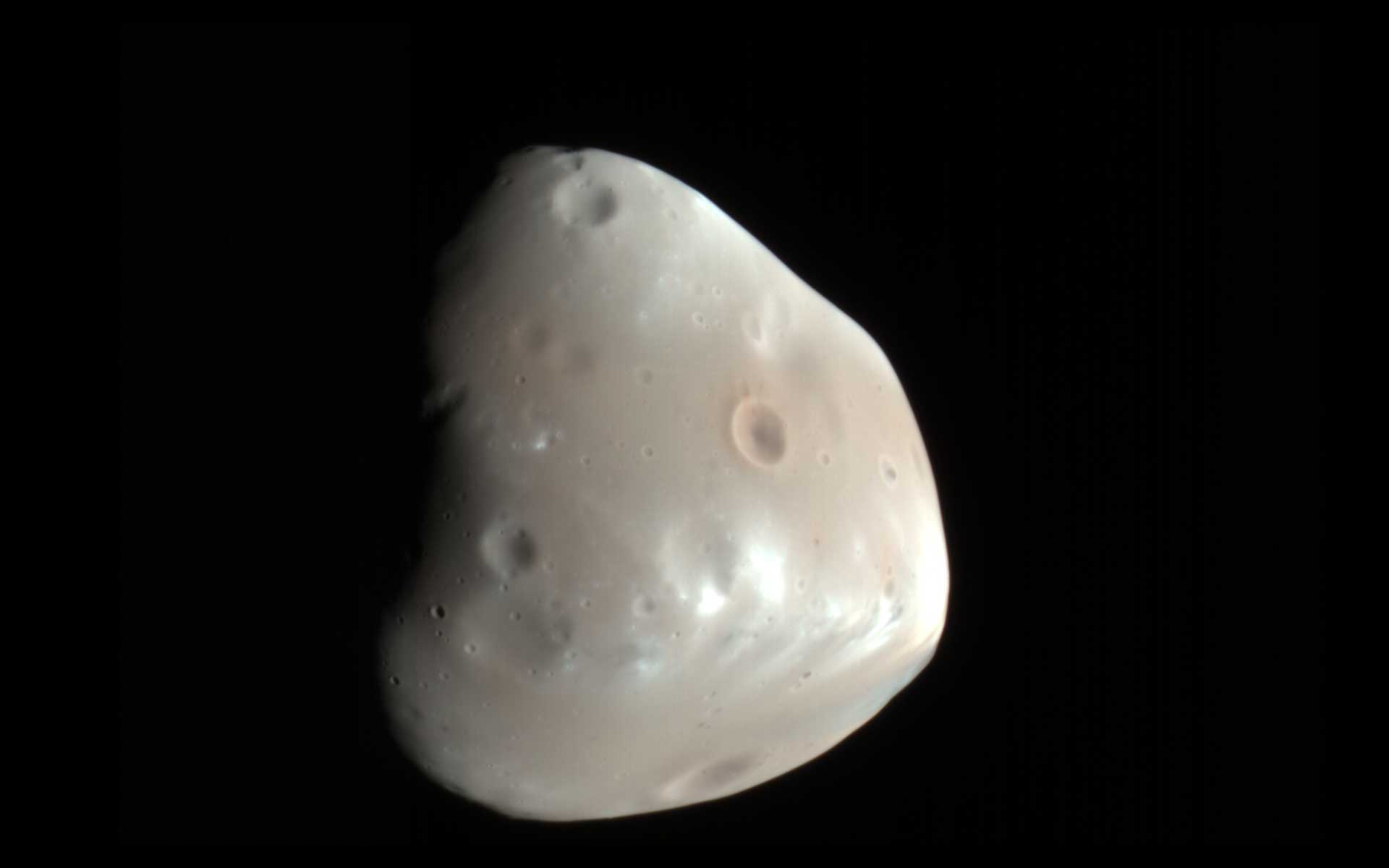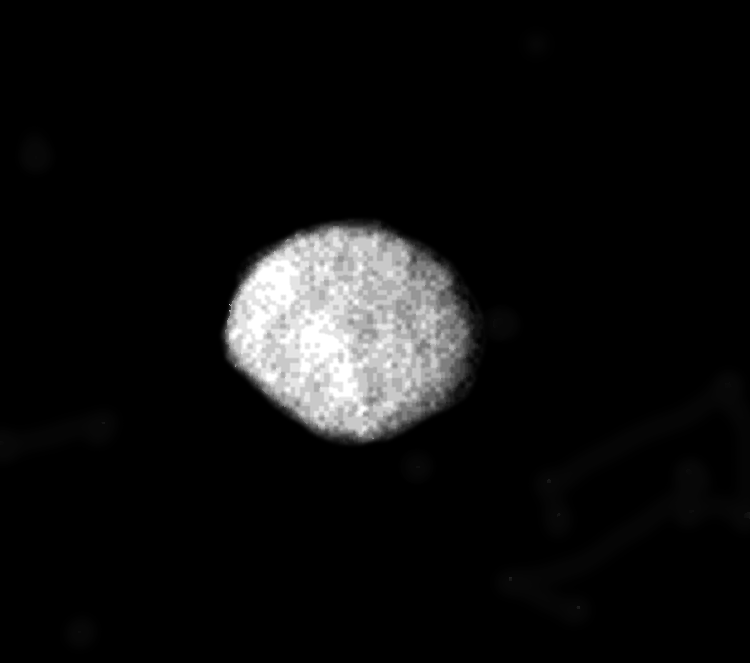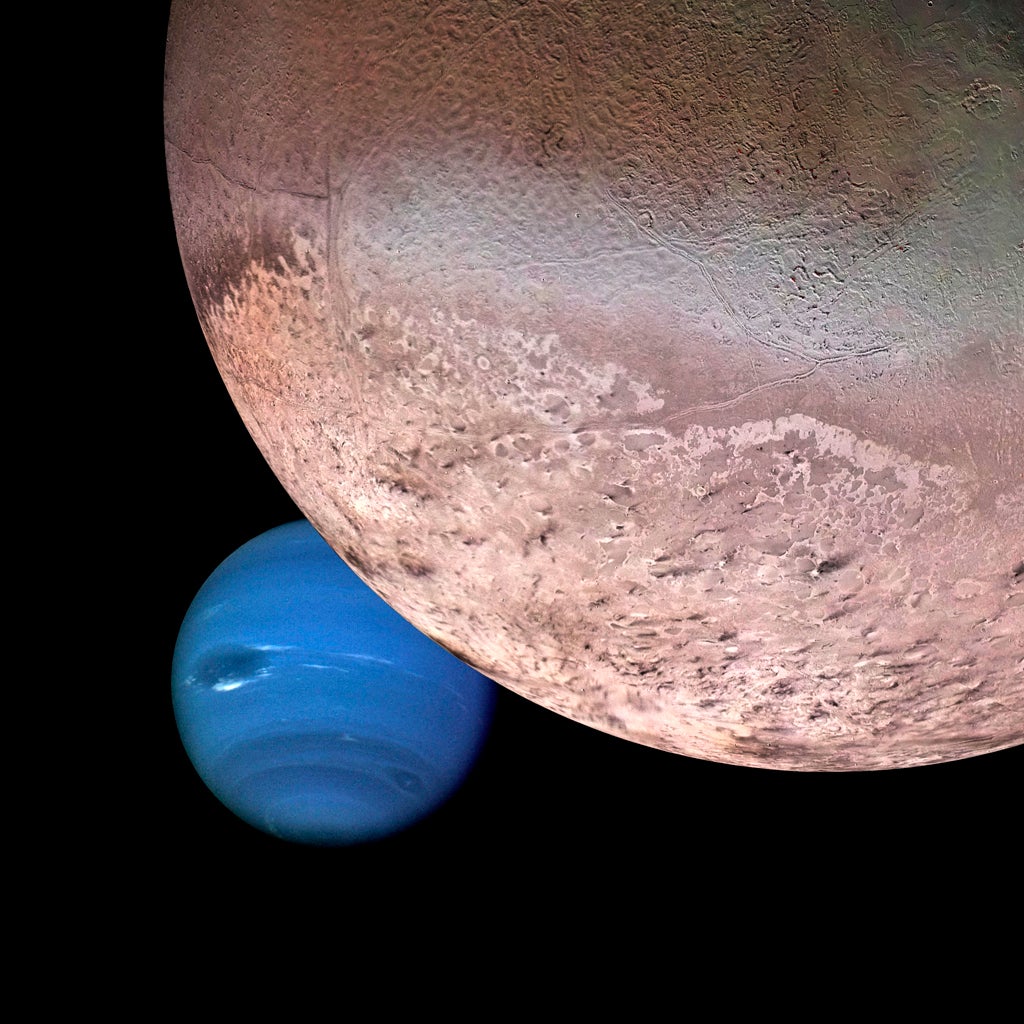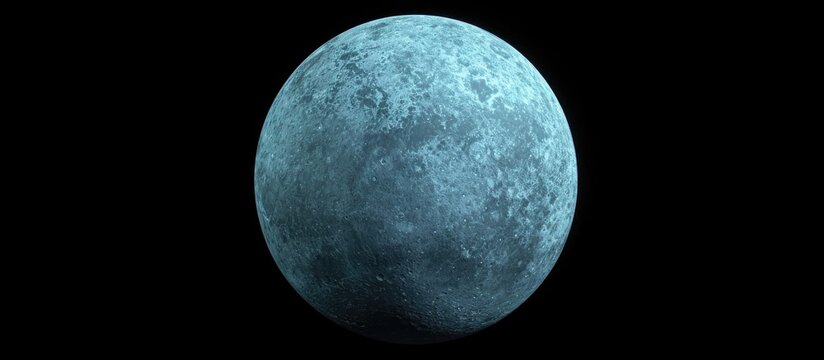Neptune: The Ghostly Blue Giant of the Solar System
Dive into the deep mysteries of Neptune, the windiest and most distant planet. Explore its violent storms, icy moons, and the science unlocking its cosmic secrets.
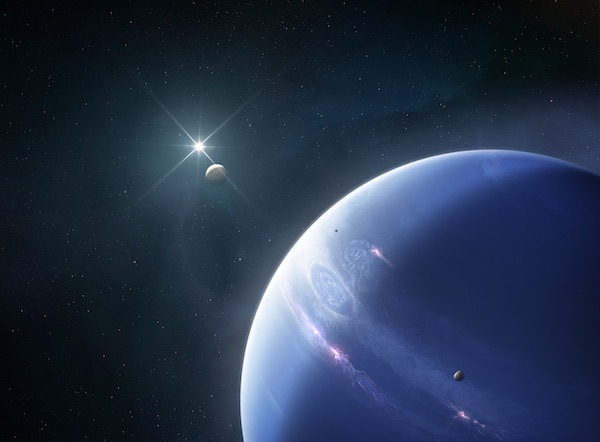
A Distant Ice-Cold World
Neptune is the farthest planet from the Sun, lurking in the outer reaches of our solar system like a deep blue phantom. With a staggering distance of about 4.5 billion kilometers from the Sun, it takes an astonishing 165 Earth years to complete a single orbit. Despite its remoteness, Neptune exerts an undeniable influence over its surroundings, shaping the icy bodies of the Kuiper Belt with its gravity. Its distance and isolation make it one of the least explored planets, but what we do know about Neptune is nothing short of mesmerizing.
A World Cloaked in Sapphire Storms
Neptune is instantly recognizable due to its rich, deep blue hue, an otherworldly color unmatched by any other planet. Unlike Uranus, which appears a pale cyan due to methane, Neptune’s more intense blue suggests the presence of an unknown atmospheric component that enhances its color. This ghostly blue world is wrapped in thick clouds that constantly swirl and churn in violent tempests. The most famous of these was the Great Dark Spot, a massive storm once raging across Neptune’s surface, similar to Jupiter’s Great Red Spot. Though the Great Dark Spot has vanished, new storms continue to form, making Neptune’s atmosphere a chaotic yet captivating spectacle.
A Planet of Supersonic Winds
Neptune’s winds are the fastest in the solar system, reaching astonishing speeds of up to 2,100 kilometers per hour—faster than the speed of sound. These supersonic gales whip across the planet’s atmosphere with unimaginable force, creating massive storm systems that appear and disappear like ghostly shadows. Scientists believe that the planet’s extreme cold—Neptune has an average temperature of -214 degrees Celsius—reduces friction in the atmosphere, allowing winds to accelerate to record-breaking speeds. This makes Neptune not only a beautiful but also a dangerously volatile world.
A Strange and Mysterious Core
Beneath its stormy clouds, Neptune hides a core unlike any found on the terrestrial planets. While Earth has a solid iron-nickel core, Neptune’s heart is believed to be a superheated, rocky structure surrounded by a dense layer of exotic, ice-like materials. This extreme internal heat gives Neptune a surprising trait—it radiates more than twice the amount of energy it receives from the Sun. This internal warmth might be the reason behind its violent storms, as the heat fuels convection currents that drive the planet’s atmosphere into chaos.
A Ringed Giant in the Darkness
Though often overlooked, Neptune possesses a system of delicate, faint rings encircling the planet like ghostly halos. These rings are much less prominent than Saturn’s dazzling bands, but they hold their own unique mysteries. Some of Neptune’s rings appear incomplete, forming strange clumps that defy our understanding of planetary rings. Scientists believe that these irregularities could be caused by small moons shepherding the rings into their current shapes. These subtle, almost ethereal rings add to Neptune’s haunting beauty in the depths of space.
A Realm of Unusual Moons
Neptune’s moons are as strange as the planet itself, with the most famous being Triton, an icy world unlike any other in the solar system. Triton orbits Neptune in the opposite direction of the planet’s rotation, a clue that suggests it was once a wandering body captured by Neptune’s gravity. This unique retrograde orbit hints that Triton might have been a dwarf planet before being snatched into Neptune’s domain. Even more astonishing, Triton has active geysers that shoot nitrogen gas into space, creating an eerie, misty landscape that makes it one of the most intriguing moons in the solar system.
A Hidden Ocean of Diamonds
Deep within Neptune, under crushing pressure and extreme heat, scientists believe that an ocean of liquid diamonds might exist. This bizarre phenomenon is thought to occur as carbon atoms within Neptune’s interior are compressed into diamond structures, forming shimmering, molten rivers. Some experiments on Earth have even recreated these conditions, proving that such “diamond rain” could be a reality. If confirmed, Neptune would be home to one of the most extraordinary natural wonders in the cosmos—a hidden sea of diamonds sparkling in the dark.
An Unseen Power That Shapes the Cosmos
Neptune is more than just a distant, stormy giant—it plays a crucial role in shaping the solar system. Its immense gravity influences the orbits of countless icy bodies in the Kuiper Belt, acting as a celestial guardian that prevents them from drifting aimlessly. The mysterious dwarf planet Pluto, for example, is locked in a precise orbital resonance with Neptune, preventing the two bodies from ever colliding. Without Neptune’s gravitational influence, the outer solar system might look entirely different, making this hidden giant one of the unsung architects of our cosmic neighborhood.
A Future of Exploration and Discovery
Despite its remoteness, Neptune remains one of the most tantalizing destinations for future space exploration. The only spacecraft to have ever visited Neptune was Voyager 2 in 1989, providing humanity with its first and only up-close glimpse of this enigmatic world. However, new missions are being proposed to return to Neptune, including orbiters and probes designed to study its atmosphere, rings, and moons in unprecedented detail. As technology advances, the dream of uncovering Neptune’s deepest secrets becomes increasingly possible, promising a future filled with awe-inspiring discoveries.
A Celestial Enigma Waiting to Be Unraveled
Neptune is a planet of extremes—blazing winds, frozen landscapes, hidden oceans, and mysterious moons—all wrapped in an unearthly blue glow. It is a world of unanswered questions, where forces beyond our comprehension shape an alien realm at the edge of our solar system. As our knowledge of Neptune grows, so too does our fascination with this distant, enigmatic world. With every storm that forms and every new mystery uncovered, Neptune beckons us to explore, reminding us that the universe is vast, beautiful, and filled with wonders waiting to be discovered.
What's Your Reaction?







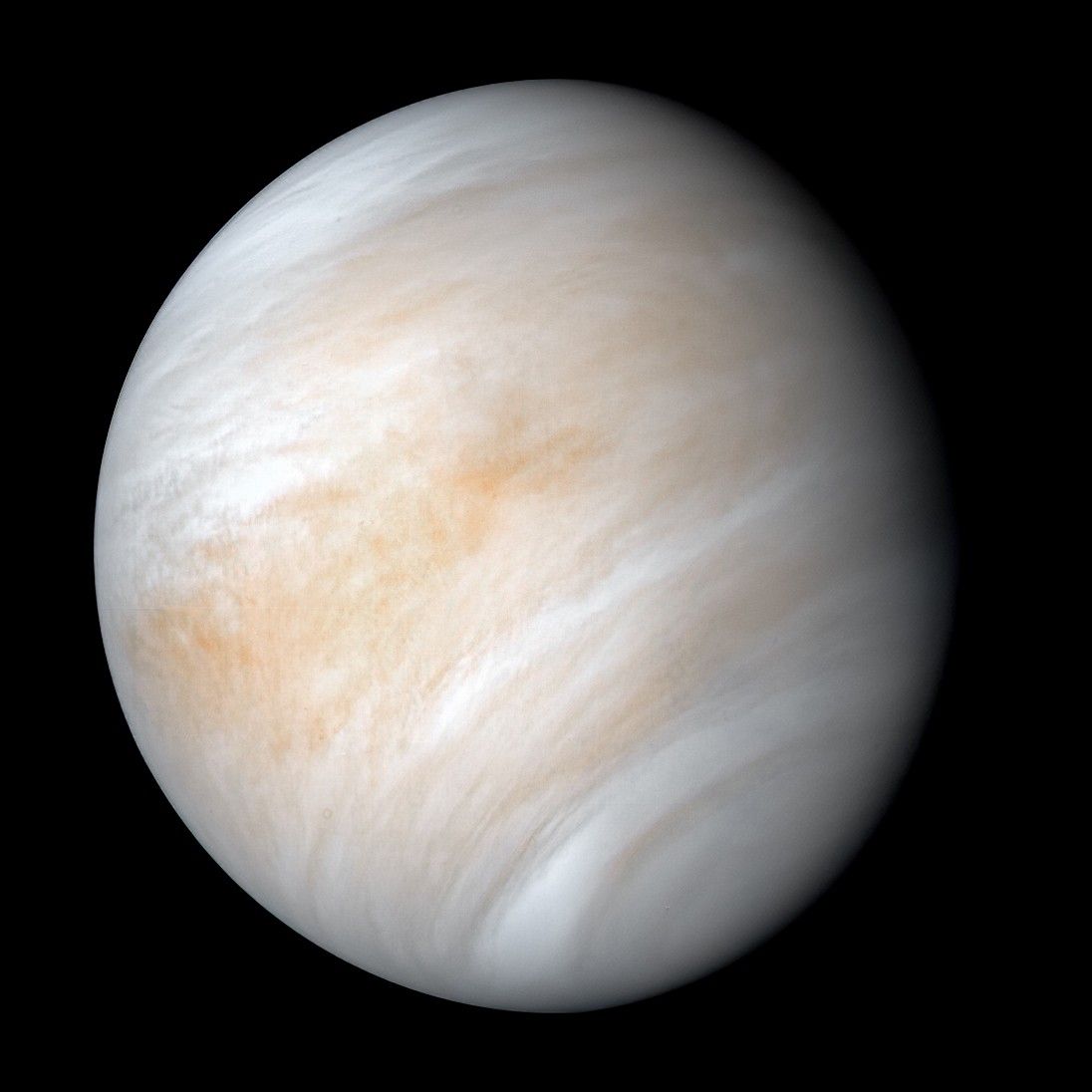

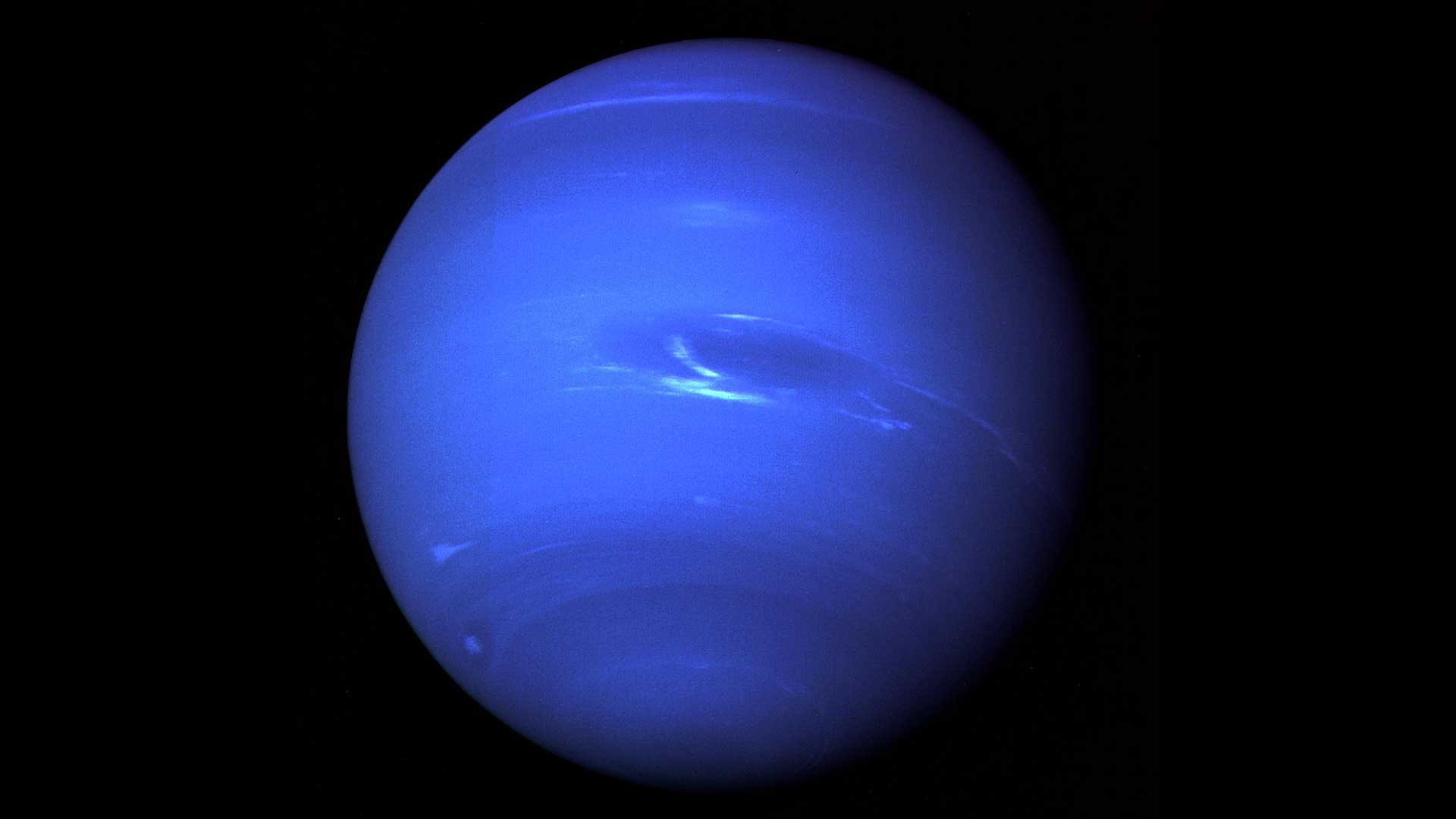


/https://tf-cmsv2-smithsonianmag-media.s3.amazonaws.com/filer_public/54/66/546650fa-26a4-40fd-8d6d-5a7a04540f81/rosetta2.png)
:max_bytes(150000):strip_icc():focal(999x0:1001x2)/robert-prevost-050825-1-39395418ab494da5a3a700c9478e66c8.jpg)















































format(webp))
format(webp))















